We frequently get some excellent submissions to the Community Articles section of Fantasy Football Scout and this summer has been no different.
Here we showcase a piece from site regular Camzy, who argues the importance of pre-season planning.
Introduction

I’ve long been a big proponent of doing a lot of homework before a season starts. The time spent before a campaign allows you to explore and become familiar with all the best FPL assets and their prices before bandwagons take off and skew your perspective. Throughout the season, player recommendations are extremely short-sighted and go week to week so keeping the big picture in mind can really help.
But the most important thing is that your Gameweek 1 team is effectively a Wildcard and the first few weeks of the season will greatly influence your season.
Sertalp B. Çay put out a very interesting tweet (above) about how among the top players, the players selected from their Gameweek 1 squad and Wildcard picks were pivotal in contributing to a good overall score and rank. Hall of Fame number one Fabio Borges had 60% of his overall points from players selected this way.
That means that on average, the players you pick in Gameweek 1 have a higher weight in deciding how well your season goes. Gameweek 1 also offers you the most time ahead of it to tinker, plan and look for valuable players. Doing your homework to find underrated gems, look ahead to fixture swings and also get team balance right so you can adjust in the future is just good FPL management.
READ MORE: The Complete Guide to FPL Pre-Season 2022/23
1. Looking for Value
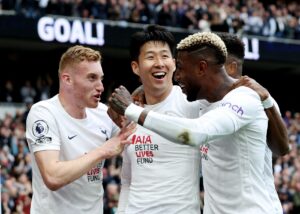
I started making a price prediction sheet ahead of the 2019/20 season (before prices are revealed) and I’ve revived it again this year.
TAKE A LOOK AT CAMZY’S PRICE PREDICTIONS FOR 2022/23
The goal of the exercise isn’t to test my understanding of FPL Towers’ pricing. The most important thing at the start of the season is to look for players who are good value. Form comes and goes but picking up a player who is clearly underpriced and can form the backbone of your team is what we should strive for as FPL managers. Our early transfers should be in course-correcting towards these picks but the better your homework, the more hits you make rather than misses and the more you can save your early transfers for other improvements.
Doing this price prediction sheet helps you see quickly who is over or undervalued once the game releases. I made an extra column for ‘difference’ that I will populate after the game launches and highlight which players are under or over what I predicted.
I will say that my experience playing FPL for many years has helped me become more confident in pricing players and making judgments on their value. If you’re not so confident doing a similar exercise yourself, feel free to use my sheet as a guide or lean on other content creators who are doing similar work. But I do recommend doing it yourself if you can.
However, I would not stick too rigidly to the price prediction sheet once the game launches. Lots of factors could change who is a good pick after the game launches – fixtures, pre-season form, new signings etc. But it does provide a foundation from which to build an initial draft and also gives you a better overview of the game as a whole.
2. Team Structure
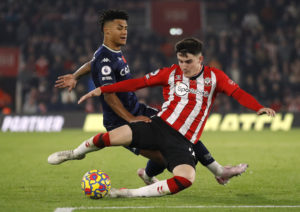
Once the game launches, and even before then if you’re really eager, the next thing to look at is team structure. I know people have differing opinions on the value of team structure and some managers insist that it is a myth, saying that it’s as simple as putting the best players in. This is likely true as the season progresses but at the start of the campaign we don’t know enough yet to make that judgment. Therefore I like to lean on having flexible price points in my Gameweek 1 squad so that I can course-correct easily.
I make a Gameweek 1 team anticipating that there will be a bandwagon that I did not see coming. And what I’ve noticed, is that there is always a budget attacker that bursts onto the scene. Having a budget forward and midfield slot is a good idea so you can get on a hot player early. There should be three slots ideally because you’ll likely want to keep at least one of the success stories you picked early.
Recent seasons have shown that defenders are undervalued and strikers overvalued and the 4-4-2 and 4-5-1 are becoming more popular. In terms of searching for value, it makes sense to shift to heavier at the back in light of recent seasons but I still would not recommend playing ‘five at the back’ at the start of the season because £4.0m and £4.5m gems also form the backbone of teams and you want to be able to get on the next John Lundstram or Valentino Livramento.
I’d also recommend getting at least two playable forwards. You’ll want to have at least two playing substitutes in case of unforeseen line-up changes, and it also allows you more flexibility to buy an emerging forward. I tend to pick one forward from a newly promoted side in my starting squad. They historically come in at £6.5m or less and are often on penalties and are the focal point of a team’s attack. Proven mid-table Premier League strikers typically come in at £7.5m or £8.0m but a promoted forward comes in at £1.0m+ less and is a good early bet.
As a result, this is the rough structure I’d recommend going with:
4.5 4.0
7.5 7.5 6.0 4.5 4.0
13.0 8.5 6.5 6.0 4.5
12.0 6.5 4.5
Of course, this will depend on the eventual prices of players and can differ but the rough structure like this should set you up well (£0.5m in the bank for flexibility).
The last factor in terms of team building foundations: don’t lock yourself out of a team, even if it’s a mid-table one you might not think you’ll triple up on. For example, I’ve seen FPL managers get Emiliano Martinez, Jed Steer and Marvelous Nakamba and then realize that they have no way at all of getting Villa attackers as they emerge as key enabler picks.
READ MORE: Draft your 2022/23 FPL team with LiveFPL’s price predictions
3. New Signings
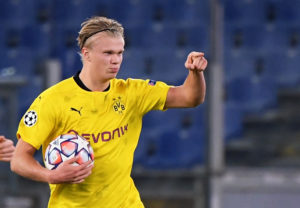
One of the most exciting parts about a new season. I love getting on a bandwagon of a new signing and this year we already have two huge ones that have entered the scene – Erling Braut Haaland and Darwin Nunez.
However, there are far more examples of players failing to settle right away than hit the ground running. Timo Werner and Kai Havertz from two seasons ago being the prime examples. Werner was in nearly 50% of teams in Gameweek 1 that year!
I would caution against having more than one new signing in your starting squad (not including promoted teams) and fall back on proven, reliable and Premier League-tested players. We have time to adapt and bring in the next ‘Michu’ or the next ‘Bruno Fernandes’.
4. Fixtures
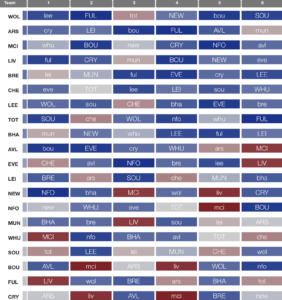
The last part is fixtures. These will have a big impact on who you start the season with. Sit down, look at the next six games and see which teams are going to be ones worth investing in. Don’t go all-in on backing players just because they have good fixtures but also don’t stick rigidly on picking Raphinha because he’s clearly undervalued if he has Liverpool and City in the first three games. There should be a balance, although I will say I lean value and consistency over fixtures if the decision is tight.
I would rather pick a player like Bukayo Saka who has guaranteed minutes and is a proven performer over someone like Phil Foden with great fixtures. This also ties in with the new signings section from above.
Since we have no form to go on, fixtures should have a stronger weight on your initial selections. I favour fixtures over form as a manager anyway, but that’s a debate for another time. There are always surprise teams that outperform or underperform every year and it takes a few weeks to know which teams are gelling and which teams are not quite living up to expectations. Give your players the best chance to succeed by putting them up against weaker teams.
Conclusion

Pre-season is one of the most important times of the FPL year. You have a lot of time to familiarize yourself with the game, the prices, the players and any new rules they might implement. Don’t waste it by waiting until the last minute and copying template teams. At least personally, I want to have a clear plan of why I’m selecting players, making sure they align well with my strategy in the short and long term as well as having contingency plans around price points.
The biggest advantage engaged managers have over casuals is long-term planning. Pre-season gives you the most time to prepare so use it wisely and try to shut yourself off from the noise so you can judge to the best of your ability which players are the best value/fit with your respective playstyle.
Good luck heading into 2022/23!
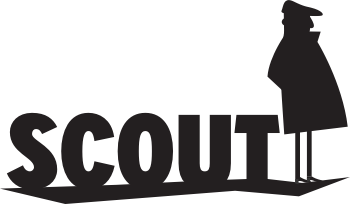

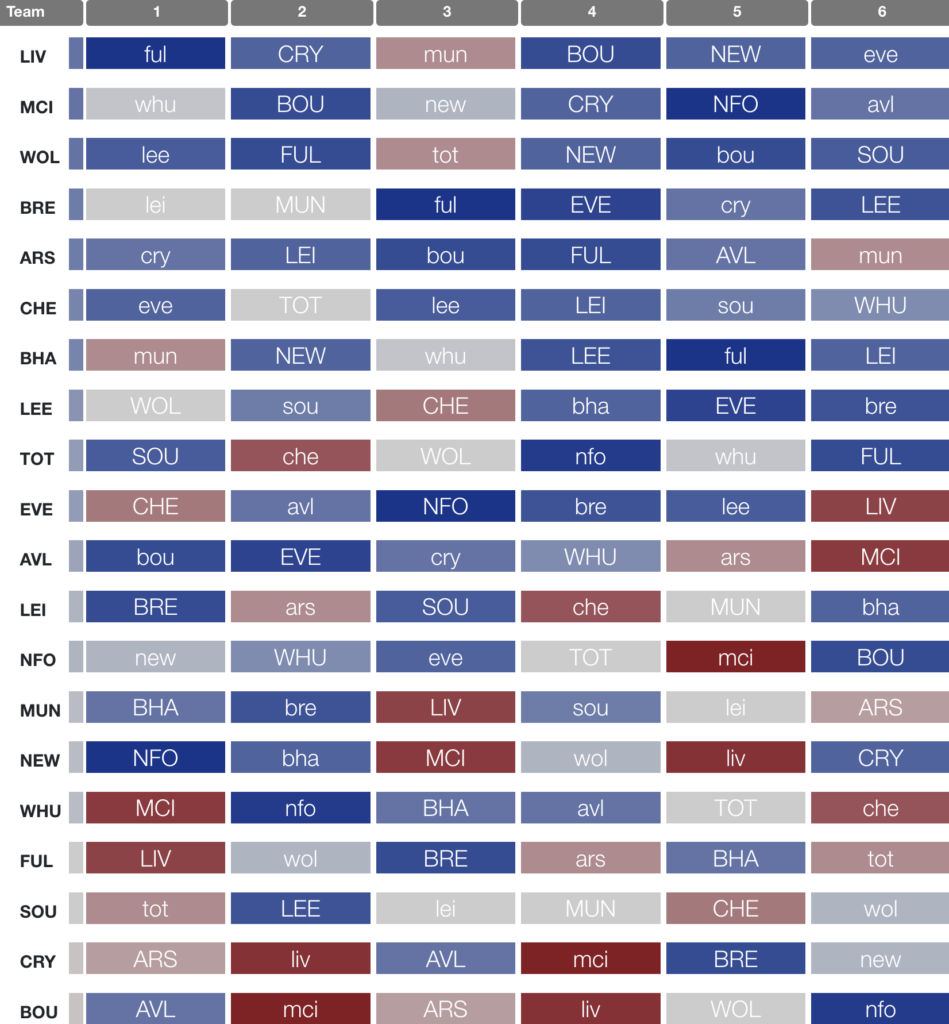
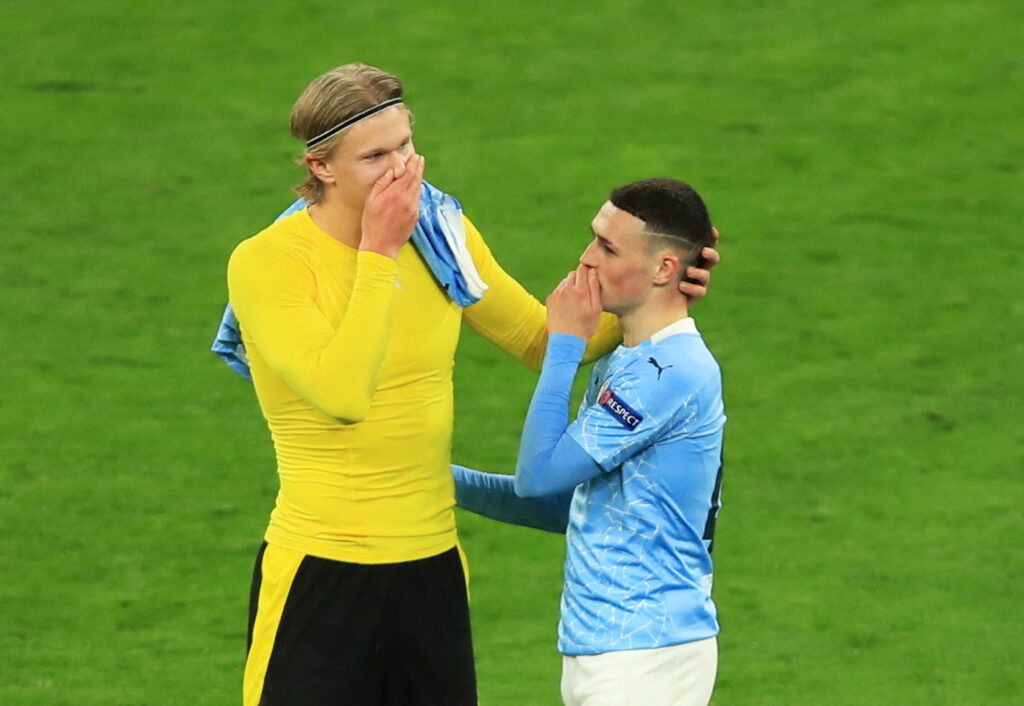

2 years, 4 months agoGareth Bale to Los Angeles FC...